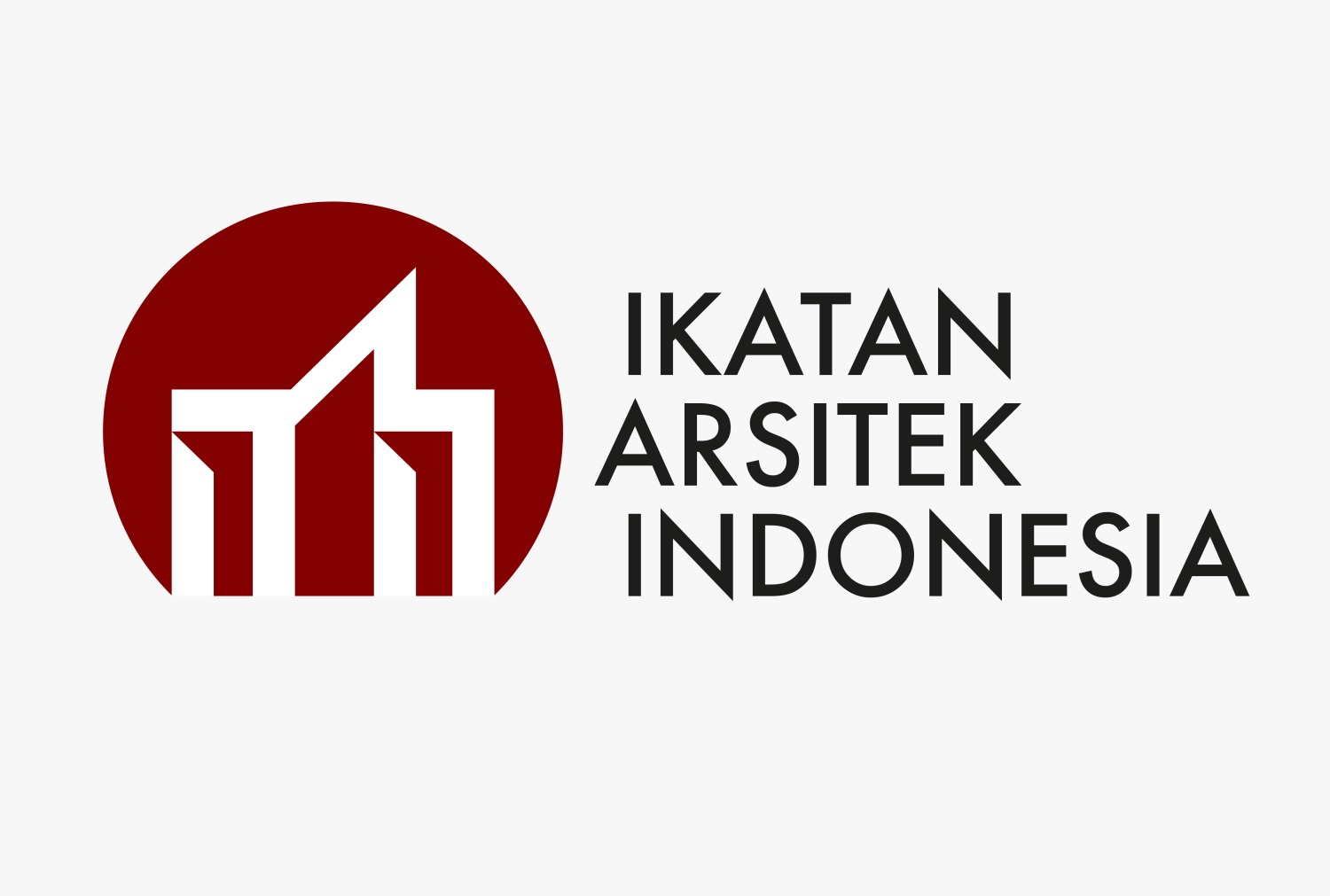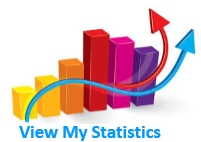DEVELOPER’S PERCEPTION ON THE BARRIERS OF GREEN RATING SYSTEM IMPLEMENTATION IN MALAYSIA
DOI:
https://doi.org/10.31101/juara.v2i2.991Abstract views 1793 times
Keywords:
Green Building, Green Rating System, Sustainable BarriersAbstract
Downloads
References
Blom, I. 2006. ‘Environmental assessment of buildings: Bottlenecks in current practices.’ In proceedings: Housing in an expanding Europe: Theory, policy, participation and implementation. 2 – 6 July 2006, Ljubljana, Slovenia.
Ahn, Y. H. et al. (2013) ‘Drivers and barriers of sustainable design and construction: The perception of green building experience’, International Journal of Sustainable Building Technology and Urban Development, 4(1), pp. 35–45. doi: 10.1080/2093761X.2012.759887.
Aliagha, G. U. et al. (2013) ‘Review of Green Building Demand Factors for Malaysia’, Journal of Energy Technologies and Policy, 3(11), pp. 471–478. Available at: http://www.iiste.org/Journals/index.php/JETP/article/view/8596.
Azouz, M. and Kim, J. L. (2015) ‘Examining Contemporary Issues for Green Buildings from Contractors’ Perspectives’, Procedia Engineering. Elsevier B.V., 118, pp. 470–478. doi: 10.1016/j.proeng.2015.08.451.
de Carvalho, A. C. V., Granja, A. D. and da Silva, V. G. (2017) ‘A systematic literature review on integrative lean and sustainability synergies over a building’s lifecycle’, Sustainability (Switzerland), 9(7). doi: 10.3390/su9071156.
Chen, T. Y., Burnett, J. and Chau, C. K. (2001) ‘Analysis of embodied energy use in the residential building of Hong Kong’, 26, pp. 323–340.
Chian, L. W. (2013) Cost Implication for A Residential High-Rise Project to Achieve Certified Level Green Building Index (GBI) Rating. Universiti Tunku Abdul Rahman.
Chua, L. C. (2006) ‘Sample Size Estimation Using Krejcie And Morgan And Cohen Statistical Power Analysis: A Comparison’, Jurnal Penyelidikan IPBL, 7, pp. 78–86. doi: 10.1553/populationyearbook2011s11.
Chua, S. C. and Oh, T. H. (2011) ‘Green progress and prospect in Malaysia’, Renewable and Sustainable Energy Reviews. Elsevier Ltd, 15(6), pp. 2850–2861. doi: 10.1016/j.rser.2011.03.008.
CIDB, C. I. D. B. (2019) Malaysian Carbon Reduction and Environmental Sustainability Tools, Construction Industry Development Board Malaysia. Available at: http://www.cidb.gov.my/index.php/en/bidang-utama/pembinaan-mampan/mycrest (Accessed: 26 March 2019).
Comprehensive Assessment System for Built Environment Effiency (CASBEE) (2001) JSBC and IBEC. Available at: http://www.ibec.or.jp/CASBEE/english/index.htm (Accessed: 19 October 2018).
Cunningham, J. B. and Aldrich, J. O. (2012) Using SPSS; An Interactive Hands-On Approach. 1st edn. Edited by V. Knight, L. Habib, and B. Bauhaus. SAGE Publications, Inc.
Ding, G. K. C. (2008) ‘Sustainable construction-The role of environmental assessment tools’, Journal of Environmental Management, 86(3), pp. 451–464. doi: 10.1016/j.jenvman.2006.12.025.
Ding, Z. et al. (2018) ‘Green building evaluation system implementation’, Building and Environment. Elsevier, 133(February), pp. 32–40. doi: 10.1016/j.buildenv.2018.02.012.
Dwaikat, Luay N and Ali, K. N. (2018) ‘The economic bene fi ts of a green building – Evidence from Malaysia’, Journal of Building Engineering. Elsevier Ltd, 18(April), pp. 448–453. doi: 10.1016/j.jobe.2018.04.017.
Dwaikat, Luay N. and Ali, K. N. (2018) ‘The economic benefits of a green building – Evidence from Malaysia’, Journal of Building Engineering. Elsevier Ltd, 18(April), pp. 448–453. doi: 10.1016/j.jobe.2018.04.017.
Ezani, N. S. N. et al. (2018) ‘Sustainability: Assessment of green procurement implementation in the construction industry of Malaysia’, AIP Conference Proceedings, 2020(October 2018). doi: 10.1063/1.5062688.
Gou, Z. and Lau, S. S. Y. (2014) ‘Contextualizing green building rating systems: Case study of Hong Kong’, Habitat International. Elsevier Ltd, 44, pp. 282–289. doi: 10.1016/j.habitatint.2014.07.008.
Green Building Index (2008) Malaysia - Green Building Index, Green Building Index (GBI). Available at: http://new.greenbuildingindex.org/resources (Accessed: 17 May 2018).
GreenRE (2017) GreenRE Buildings for A Sustainable Future, GreenRE. Available at: https://greenre.org/index.html (Accessed: 26 March 2019).
Griffiths, K. and Henning, T. (2015) ‘Infrastructure sustainability rating tools – how they have developed and what we might expect to see in the future’, Research Gates.
Halim, M. (2012) ‘Economic Issues on Green Office Buildings in Malaysia’, International Real Estate Research Symposium 2012, pp. 1–13. doi: 10.1016/j.fertnstert.2011.12.012.
Khalfan, M. et al. (2015) ‘Perceptions towards Sustainable Construction amongst Construction Contractors in State of Victoria , Australia’, Journal of Economics, Business and Management, 3(10). doi: 10.7763/JOEBM.2015.V3.313.
Kuhlman, T. Farrington, J. (2013) ‘What is sustainability?’, University of Alberta. Office of Sustainability, 2(11), pp. 3436–3448.
Lafarge Holcim Foundation (2017) Understanding sustainable construction, An Iniiative of LafargeHolcim. Available at: http://www.holcimfoundation.org/AboutPages/what-is-sustainable-construction (Accessed: 17 May 2018).
Lee, T. M. et al. (2015) ‘Predictors of public climate change awareness and risk perception around the world’, Nature Climate Change, 5(11), pp. 1014–1020. doi: 10.1038/nclimate2728.
Lee, W. L. and Burnett, J. (2008) ‘Benchmarking Energy Use Assessment of HK-BEAM, BREEAM and LEED’, Building and Environment, 43(11), pp. 1882–1891. doi: 10.1016/j.buildenv.2007.11.007.
Mao, X., Lu, H. and Li, Q. (2009) ‘A comparison study of mainstream sustainable/green building rating tools in the world’, Proceedings - International Conference on Management and Service Science, MASS 2009. doi: 10.1109/ICMSS.2009.5303546.
Marjaba, G. E. and Chidiac, S. E. (2016) ‘Sustainability and resiliency metrics for buildings - Critical review’, Building and Environment. Elsevier Ltd, 101, pp. 116–125. doi: 10.1016/j.buildenv.2016.03.002.
Matthews, B. and Ross, L. (2010) Research Methods; A Practical Guide for the Social Sciences. First. Pearson Education Limited 2010.
Nguyen, B. K. and Altan, H. (2011) ‘Comparative review of five sustainable rating systems’, Procedia Engineering, 21(0), pp. 376–386. doi: 10.1016/j.proeng.2011.11.2029.
Nor Suzila Lop, A. C. A. and Nik Aqlima Diyana Nik Zulkipli (2016) ‘The Implementation Of Green Building In Malaysian Construction Industry: Determination Of Key Success Factors’, Malaysian Journal Of Sustainable Environment, 1(2), pp. 1–16.
Nulty, D. D. (2008) ‘The adequacy of response rates to online and paper surveys: What can be done?’, Assessment and Evaluation in Higher Education, 33(3), pp. 301–314. doi: 10.1080/02602930701293231.
Osuala, E. C. (2001) ‘Introduction to Research Methodology’, Third Edition, Onitsha, African-Feb Publishing Limited.
Owens, K. A. and Halfacre-Hitchcock, A. (2006) ‘International Journal of Sustainability in Higher Education Article information ’:, International Journal of Sustainability in Higher Education, 7(2), pp. 114–128. doi: https://doi.org/10.1108/1467630110380299.
Public Works Department (2015) Penarafan Hijau JKR Manual.
Richardson, G. R. A. and Lynes, J. K. (2007) ‘Institutional motivations and barriers to the construction of green buildings on campus: A case study of the University of Waterloo, Ontario’, International Journal of Sustainability in Higher Education, 8(3), pp. 339–354. doi: 10.1108/14676370710817183.
Samad, A. et al. (2010) ‘Towards Sustainable Buildings in Malaysia : Evaluating Malaysian Green Building Index’, Sustainable Architecture and Urban Development, pp. 45–55.
Samari, M. et al. (2013) ‘The investigation of the barriers in developing green building in Malaysia’, Modern Applied Science, 7(2), pp. 1–10. doi: 10.5539/mas.v7n2p1.
Shan, M. and Hwang, B. gang (2018) ‘Green building rating systems: Global reviews of practices and research efforts’, Sustainable Cities and Society. Elsevier B.V., 39, pp. 172–180. doi: 10.1016/j.scs.2018.02.034.
Smith, J., Baird, G. and Nz, S. (2006) ‘Implementation of a Building Sustainability Rating Tool: a Survey of the New Zealand Buildng Industry’, Star, (February), pp. 1–11.
SustainabilityDegrees.com (2013) What is Sustainability ? Featured Schools A Need for Conservation and Energy, SustainabilityDegrees.com. Available at: https://www.sustainabilitydegrees.com/what-is-sustainability/ (Accessed: 17 May 2018).
Teng, J. et al. (2019) ‘Strategies for sustainable development of green buildings’, Sustainable Cities and Society. Elsevier, 44(July 2018), pp. 215–226. doi: 10.1016/j.scs.2018.09.038.
The SunDaily (2018) ‘40 % of new buildings in Malaysia are ’ greener ’’, The SunDaily, 12 February. Available at: http://www.thesundaily.my/news/2018/02/12/40-new-buildings-malaysia-are-greener Links:
U.S. Global Change Research Program (2016) ‘What Climate Change Means for Guam’, United States Environmental Protection Agency.
World Green Building (2016) What Is Green Building? Available at: http://www.worldgbc.org/what-green-building.
Yin, L. P. (2012) Achievability of Green Building Index Malaysia. Universiti Tunku Abdul Rahman.
Yusof, A. (2018) MyCREST Help to Increase Number of Green Buildings, News Strait Times. Available at: https://www.nst.com.my/business/2018/01/320769/mycrest-help-increase-number-green-buildings 1/5 (Accessed: 26 March 2019).
Zainul Abidin, N., Yusof, N. and Awang, H. (2012) ‘A foresight into green housing industry in Malaysia.’, World Acad. Sci. Eng. Technol., 6(67), pp. 440–448.
Zainul Abidin Nazirah, N. (2010) ‘Investigating the awareness and application of sustainable construction concept by Malaysian developers’, Habitat International. Elsevier Ltd, 34(4), pp. 421–426. doi: 10.1016/j.habitatint.2009.11.011.
Zuo, J. and Zhao, Z. (2014) ‘Green building research – current status and future agenda : A review Why ? How ? How ? What ?’, Renewable and Sustainable Energy Reviews. Elsevier, 30, pp. 271–281. doi: 10.1016/j.rser.2013.10.021.
Downloads
Published
How to Cite
Issue
Section
License
With the receipt of the article by the JUARA and the decision to be published, then the copyright regarding the article will be diverted to Journal of JUARA. Universitas 'Aisyiyah Yogyakarta as the publisher of Journal of JUARA hold the copyright regarding all the published articles in this journal.
Journal of Health Studies is licensed under a Creative Commons Attribution-ShareAlike 4.0 International License.




